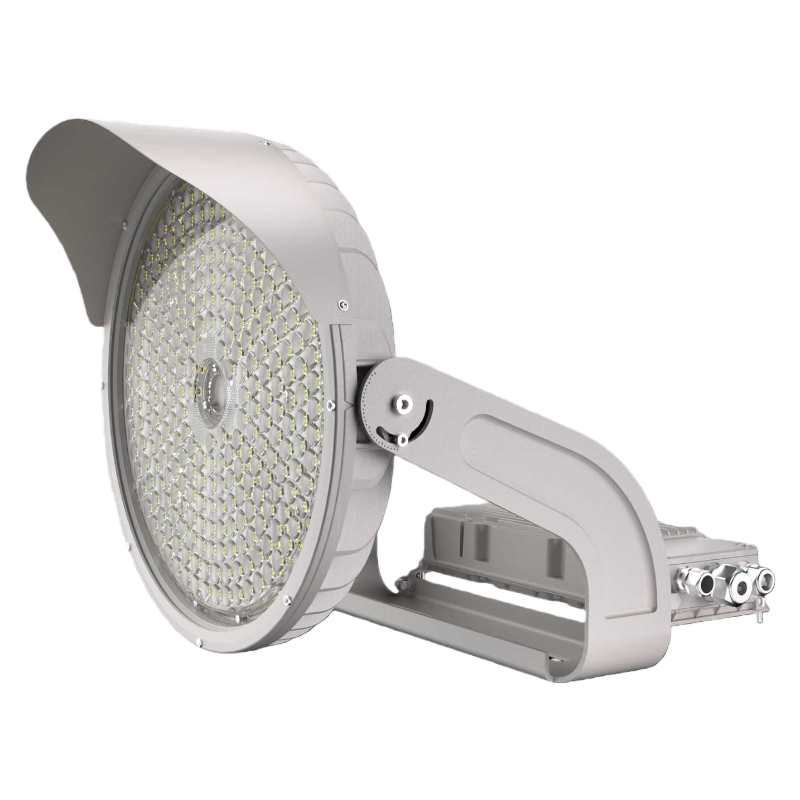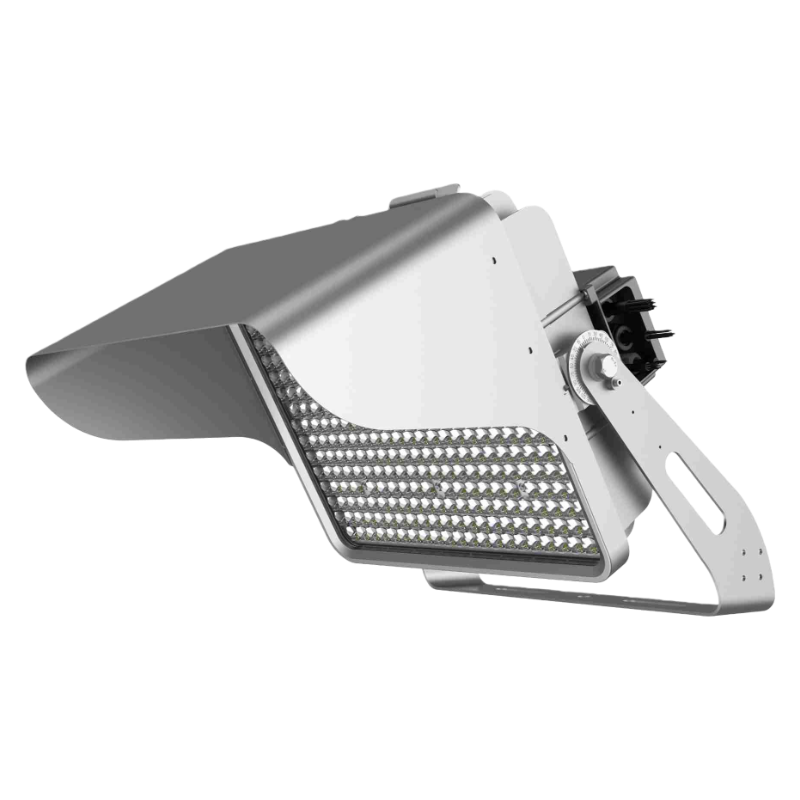Analysis of dimming interface and communication interface technology of street light control system
1. Dimming interface technology
PWM dimming
Linear adjustment of LED brightness is achieved through pulse width modulation signal (100Hz-10kHz), smooth dimming without flicker is supported, and it is compatible with mainstream dimming protocols.
Some controllers have two built-in PWM outputs, which can realize three-level dimming modes of full-on/full-off/energy saving with relays.
0-10V analog dimming
Output 0-10V DC voltage signal to control lamp current, which is suitable for LED driver power supply with analog dimming function to achieve precise brightness adjustment.
Relay switch control
Built-in relay module, which controls the on and off of lamps through switch signals, and supports remote command issuance (such as full on, full off, timed energy saving).
2. Communication interface technology
Wired communication solution
RS485 bus: Adopts RJ45 interface (1-pin is 485-A, 2-pin is 485-B), with a transmission distance of up to 1200 meters, strong anti-interference, and requires a twisted pair with a wire diameter of 1.5mm² or above.
Power line carrier (PLC): Transmits control signals through power cables, without additional wiring, suitable for the transformation of existing street light lines.
Wireless communication solution
ZigBee/LoRa: Supports Mesh self-organizing network, with a coverage radius of 1-3 kilometers, suitable for city-level street light network deployment.
4G/Wi-Fi: Integrates full network access module to realize Internet remote management, supports cloud data synchronization and fault warning.
NB-IoT: Low-power wide area network technology, suitable for low-bandwidth communication scenarios between single lamp controllers and concentrators.
3. Core functions and system integration
Smart dimming coordination: Supports PWM/0-10V and communication interface linkage, automatically adjusts brightness according to ambient light and pedestrian and vehicle flow, and saves energy by 30%-70%57.
State monitoring and fault diagnosis: Real-time acquisition of voltage, current, power, temperature and other parameters, and automatically reports abnormal conditions (such as short circuit, overload) to the management platform.
Multi-protocol compatibility: The gateway device can simultaneously access different protocol terminals such as ZigBee, LoRa, and RS485, and convert them to TCP/IP protocol to interact with the cloud platform.
4. Typical application solutions
Smart city street light system
Adopting the "cloud box gateway + single lamp controller" architecture, the data is transmitted back through 4G/optical fiber to achieve unified management of millions of nodes.
Case: In the Dubai 2024 Smart City Summit project, the AIoT platform is integrated to realize the dimming of pedestrian density and energy consumption visualization.
Industrial-grade high-reliability scenarios
Select drivers with wide voltage input (12-60V) and extreme temperature resistance (-40℃~+125℃), and match them with multiple circuit protections (overcurrent, short circuit, surge).
Case: The Eindhoven Industrial Park in the Netherlands adopts an integrated photovoltaic storage system, reducing carbon emissions by 1,200 tons per year.
Technology trend: In 2025, the mainstream solution is evolving towards "integrated photovoltaic storage + digital twin", predicting energy consumption bottlenecks through 3D modeling, and combining photovoltaic energy storage to reduce grid dependence
✅ Get exclusive solutions: Visit our official website [www.zcleds.com] to view the product manual, or contact the sales team directly (info@zcleds.com) for free consultation and quotation.











